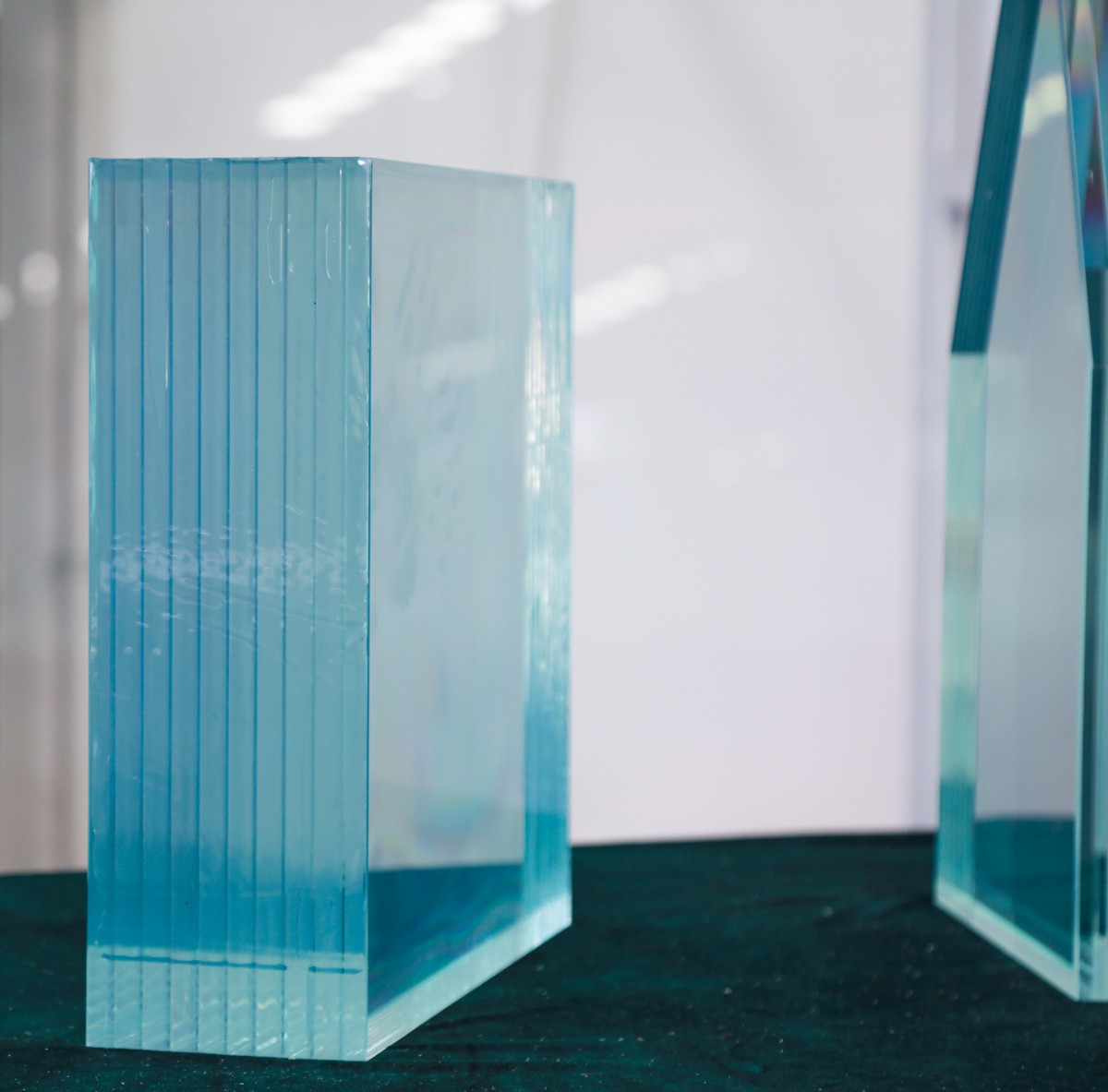When it comes to construction and interior design, the integration of various materials can significantly enhance both functionality and aesthetics. One common query that arises in this context is: Can you glue sheet metal to drywall? The answer is not as straightforward as a simple yes or no; it involves understanding the properties of both materials, the appropriate adhesives, and the intended application. In this article, we will delve into the intricacies of bonding sheet metal to drywall, exploring the best practices, potential challenges, and innovative solutions.
Understanding the Materials
Sheet Metal: Typically made from materials such as aluminum, steel, or copper, sheet metal is known for its durability, resistance to corrosion, and versatility. It is often used in applications ranging from HVAC systems to decorative elements in interior design.
Drywall: Also known as gypsum board or plasterboard, drywall is a widely used construction material for interior walls and ceilings. It is lightweight, easy to install, and provides a smooth surface for painting or finishing. However, drywall is not inherently strong and can be susceptible to damage from moisture and impact.
The Adhesive Challenge
When considering gluing sheet metal to drywall, the choice of adhesive is crucial. Not all adhesives are created equal, and the wrong choice can lead to failure in the bond, resulting in costly repairs and safety hazards. Here are some adhesive options to consider:
- Construction Adhesives: These are specially formulated to bond a variety of materials, including metal and drywall. Look for products that specify compatibility with both surfaces. Brands like Liquid Nails and Gorilla Glue offer construction adhesives that can provide a strong bond.
- Epoxy Resins: Epoxy adhesives are known for their exceptional strength and durability. They can bond metal to drywall effectively, but they require careful mixing and application. Ensure that the epoxy is suitable for both materials and follow the manufacturer's instructions for the best results.
- Spray Adhesives: Some spray adhesives are designed for bonding metal to porous surfaces like drywall. These can be convenient for larger areas but may not provide the same level of strength as construction adhesives or epoxies.
Application Techniques
To achieve a successful bond between sheet metal and drywall, proper application techniques are essential. Here are some steps to follow:
- Surface Preparation: Clean both surfaces thoroughly to remove dust, grease, and any other contaminants. For drywall, ensure that the surface is dry and free from moisture. For sheet metal, a light sanding can help improve adhesion.
- Adhesive Application: Apply the adhesive evenly on the back of the sheet metal. If using construction adhesive, a zig-zag pattern is often recommended to ensure full coverage. For epoxy, mix according to the instructions and apply a thin layer.
- Press and Hold: Once the adhesive is applied, press the sheet metal firmly against the drywall. Depending on the adhesive used, you may need to hold it in place for a few minutes or use clamps to ensure a tight bond while it cures.
- Curing Time: Allow the adhesive to cure fully as per the manufacturer's guidelines. This is crucial for achieving maximum bond strength.
Potential Challenges
While gluing sheet metal to drywall can be effective, there are challenges to consider:
- Weight: Sheet metal can be heavy, and if not properly supported, it may pull away from the drywall over time. For larger pieces, consider additional support methods, such as screws or brackets.
- Moisture: If the drywall is exposed to moisture, it can weaken the bond. Ensure that the environment is suitable for both materials, especially in areas like kitchens and bathrooms.
- Thermal Expansion: Metal expands and contracts with temperature changes, which can stress the bond. If the sheet metal is exposed to significant temperature fluctuations, consider using flexible adhesives that can accommodate movement.
Conclusion
In conclusion, gluing sheet metal to drywall is not only possible but can also be a practical solution for various applications, from decorative accents to functional installations. By selecting the right adhesive, preparing the surfaces properly, and following best practices for application, you can achieve a strong and lasting bond. Always consider the specific requirements of your project and the characteristics of the materials involved. With careful planning and execution, you can create seamless integrations that enhance both the beauty and functionality of your space.



